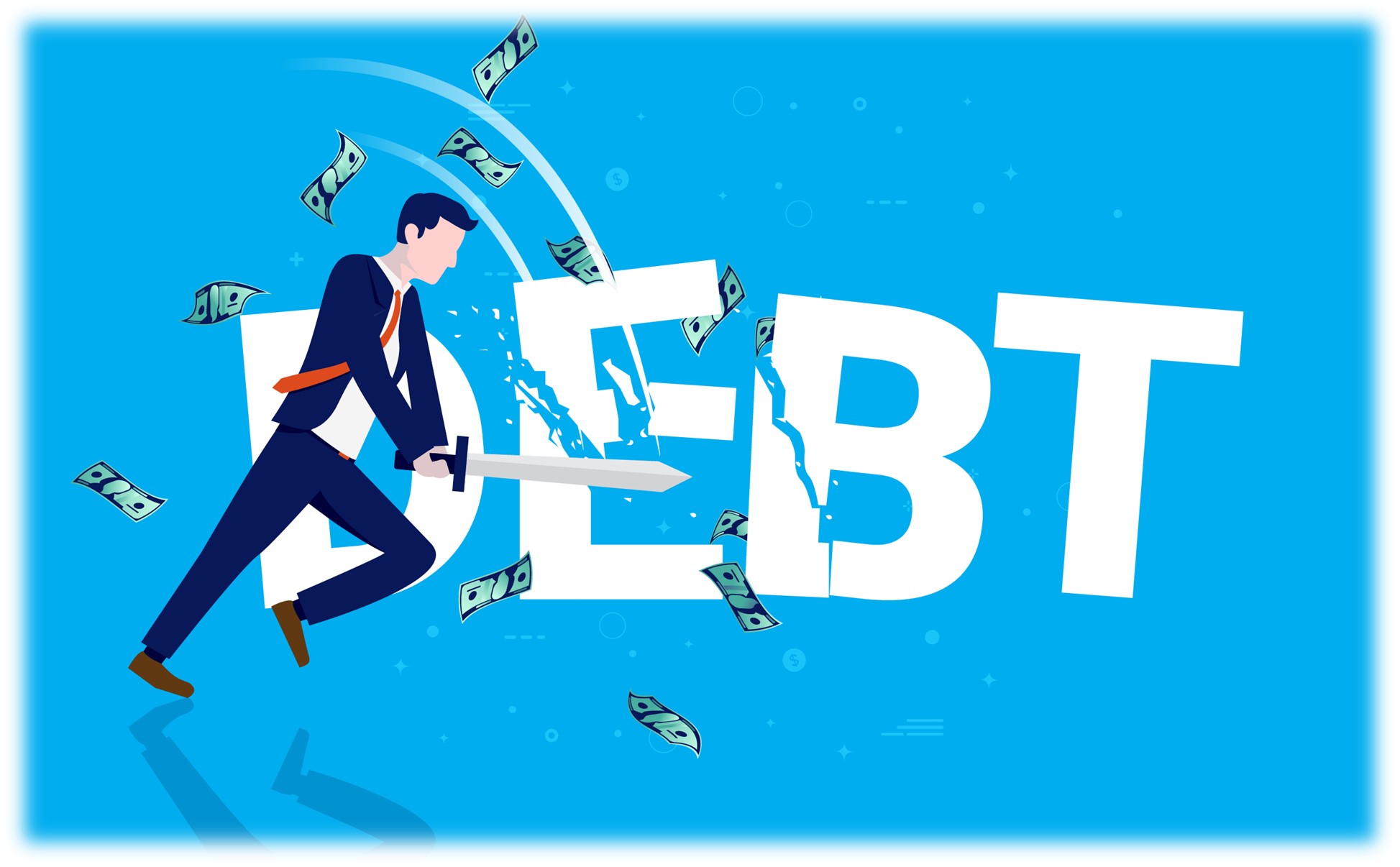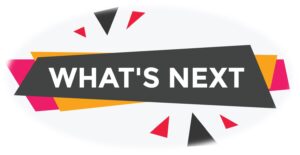
The recent CNBC New York article highlights potential relief for student loan borrowers, as new policies within the income-driven repayment plan, known as the Saving on a Valuable Education (SAVE) plan that rolled out last year, could lead to lower monthly payments starting July 1. Spearheaded by the Biden administration, this initiative promises to slash monthly payments for eligible borrowers substantially. It represents a significant step towards easing the financial burden of student loan debt for millions of individuals.
Why Is Your Student Loan Bill Dropping?
Understanding the new SAVE Plan can be pivotal for students managing their loans. The U.S. Department of Education outlines key aspects that borrowers should be aware of; however, the following are the most impactful provisions of the Save plan, which are soon to go into effect on July 1:
- Increased Income Exemption: Previously, under the REPAYE (Revised Pay As You Earn) plan, 150% of the poverty line was exempt from payment calculations. The SAVE plan raises this exemption to 225%, meaning more of your income is shielded from loan payments.
- Reduced Payment Percentage: From July 1, the share of discretionary income that borrowers must pay towards undergraduate student debt will be cut from 10% to 5%. This is a significant reduction, halving what many borrowers pay monthly.
Real-Life Impact: What This Means for You
To illustrate, consider a borrower earning $50,000 a year. Under REPAYE, their monthly payment would have been around $228. With the SAVE plan, it will now drop to just $67. Similarly, a borrower making $125,000 a year will see their monthly payment decrease from $853 to $380.
- Important Note: This reduction is based on income and not the loan balance, focusing solely on the specifics of the repayment plan and the borrower’s earnings.
Automatic Adjustments and How to Qualify
If you’re already enrolled in the SAVE plan, you don’t need to take any action. The lower payment should automatically be reflected in your July bill.
For those with both undergraduate and graduate loans, the payment percentage will be a weighted average between 5% and 10% of their discretionary income. To qualify for the SAVE plan, your total debt generally needs to be greater than a third of your annual income.
Additional Benefits and Forgiveness
The SAVE plan also offers additional benefits:
- Loan Forgiveness: Borrowers with total debt less than $12,000 can achieve loan forgiveness in as few as 10 years.
- Payment Credit: Payments made under an existing IDR plan will count towards your loan forgiveness timeline. Similarly, payments made under the standard repayment plan will also contribute to your loan timeline.

As the SAVE plan’s more generous provisions take effect, millions will benefit from lower payments. Also, it will provide a more manageable path to loan forgiveness. This marks a substantial shift in the student loan repayment landscape, making higher education debt more bearable for many.
Stay updated on the latest news regarding student loans so you can keep those loans in check. Visit Studentaid.gov, or you can contact Champion Empowerment Institute for free resources and information.
References
Nova, A. (2024, March 12).[Student loans are now easier to discharge in bankruptcy, attorneys say: It’s ‘life changing’].CNBC.
The White House. (2023, August 22).[Fact sheet: The Biden-Harris administration launches the SAVE Plan].
U.S. Department of Education, Federal Student Aid. (2023, September 25). [6 things to know about the SAVE plan].